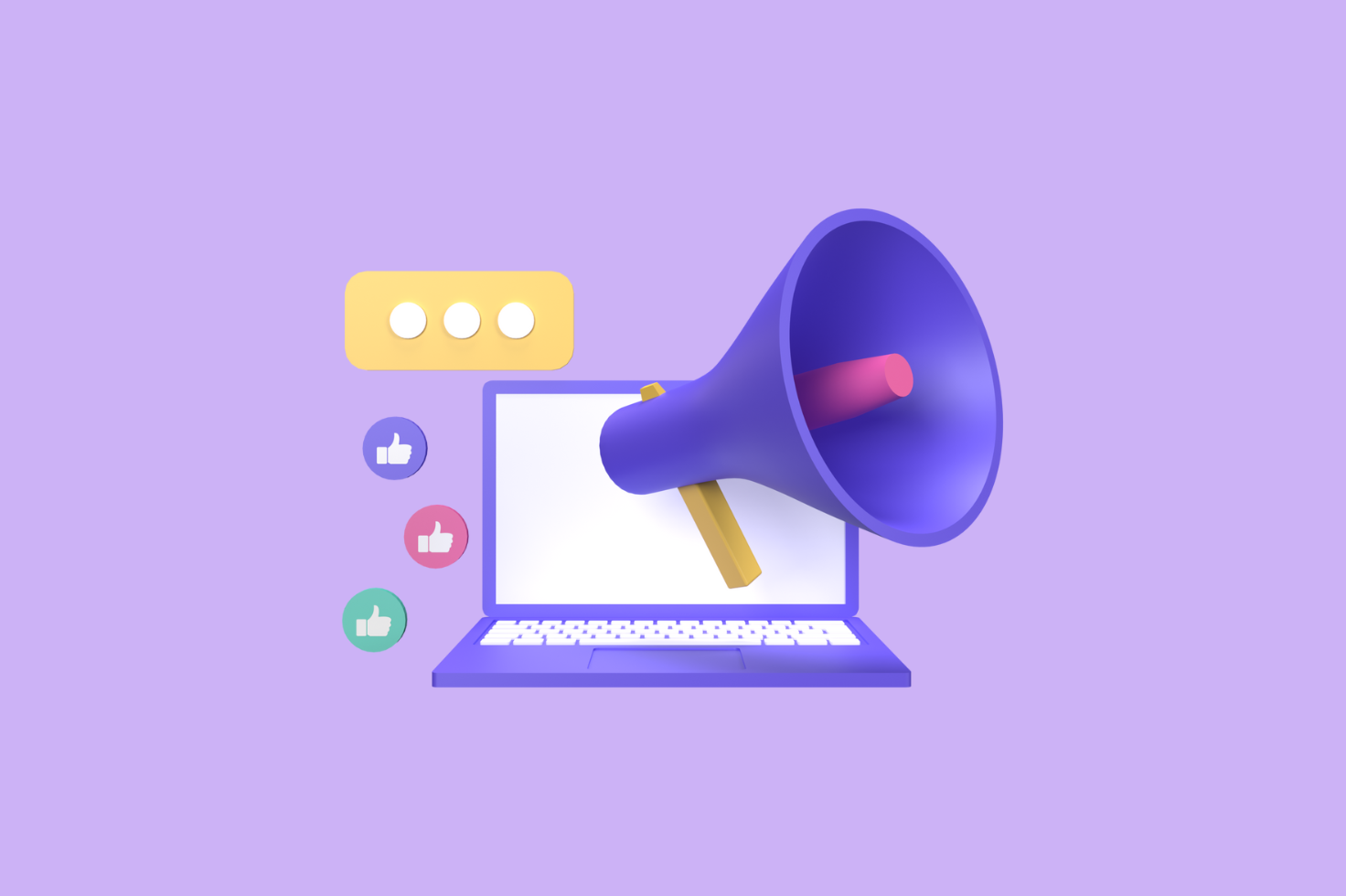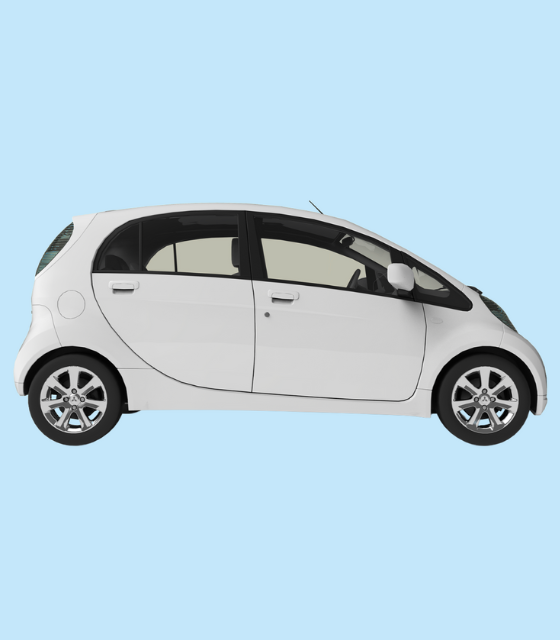The digital media landscape has changed rapidly over the course of the last decade, leaving marketers struggling to find the best methods for effectively measuring the impact of their campaigns. To make matters worse, viewability has long been accepted as the reigning metric to measure quality impressions, but this method fails to accurately assess whether or not someone has truly paid any attention to an ad.
This means that all ad impressions – regardless of attention or engagement – are considered equal and could potentially lead to a race toward producing ads with lower-quality content.
A paradigm shift is needed to pivot from viewability to attention for measuring ads to achieve better results. Marketers who measure attention and invest in attention advertising are more likely to gain real value from their campaigns. It is important to cut through the clutter of lower-quality content, especially since many potential customers are exposed to between 6,000 and 10,000 advertisements a day.
What is attention advertising?
Attention-based advertising is a shift away from traditional ad performance markers, such as frequency and reach of impressions. Rather than relying solely on viewability – or the opportunity to see an ad – businesses are now using attention-based targeting solutions to give them a more comprehensive picture of their target audience. This type of advertising shows not only who sees an ad, but how much of the advertisement was consumed. There is a focus on engagement levels to assess the true effectiveness of advertising campaigns.
This new approach of attention ads is powered by data and analytics which measure audience engagement in real-time. Businesses can use this data to personalize ads to different segments or make adjustments as needed during live campaigns. In some cases, advertisers may also offer discounts or loyalty programs based on how ads are received by viewers. Ultimately, attention-based advertising gives brands a better understanding of their consumers’ interests and preferences to craft custom-tailored campaigns that are more likely to resonate with the intended audience.
Types of attention advertising
Attention advertising depends on the type of attention the advertisement draws. Attention in advertising can be categorized into these three types:
Top-down attention: This type of attention is when one typically has two mediums in front of them; the user chooses what they want to look at. For example: if you are scrolling through your phone while watching TV, you most likely will focus on the phone. Any advertisement with potential engagement playing on TV does not receive your attention. When attention is split between two mediums, it is top-down attention. This is also sometimes known as divided attention.
Bottom-up attention: When a user automatically looks at an ad while browsing content, this is bottom-up attention. For example: if a user scrolls through a website and sees relevant ads in the background, the ad type is bottom-up.
Emotional attention: When a user pays attention to an advertisement since they are emotionally attached to any aspect of it, it is called emotional attention. This could be an ad for Mother’s Day, a nostalgic situation, or an unexpected event.
Commonly used metrics to measure consumer attention
Attention measurement goes beyond simple data analysis to provide more insights into your advertising efforts. It helps to determine which ads produce the greatest engagement by tracking how interested viewers are in each ad and if they’re taking action in response (such as making a purchase or leaving feedback).
Marketers can use this data to improve their campaigns over time by analyzing trends across different platforms, adjusting creative strategies, and uncovering areas where they may be able to generate even more awareness and return on investment (ROI). With attention measurement, digital advertisers can gain a better understanding of who they’re reaching out to, what activities drive success, and how best to communicate with their target audiences.
Attention-based metrics allow marketers to pinpoint exactly what their customers see, feel, and think about their ads in real-time. By understanding how attention is distributed across different ad formats, platforms, and messages, marketers can better target the right audience for each ad campaign.
Here are some ways to measure attention in advertising. They offer different results based on the platform or device on which the content is viewed, the length of the creative, the format of the content, the platform UI, and more.
Traditional metrics for attention measurement are:
- viewability
- clicks
- CTR
- Impressions
However, these are more viewability metrics than attention metrics.
Viewability vs attention
Viewability used to be king. Smart advertisers are now focusing on meaningful, targeted interactions through attention metrics. Attention is more closely related to conversion rates and brand objectives. The main attention metrics are:
- in-view time: This is an attention metric that calculates how long a consumer views an ad with at least 50% of its pixels on the screen.
- exposure time: This metric combines the onsite user behavior with site engagement to see how well the ads are performing. Advertisers can set goals and track them against actuals to see reach.
- screen real estate: This metric measures the share of space the ad has as against the entire screen. The size of the ad has to be relative to the screen so that users will pay more attention to the ad.
How to attract and maximize consumer attention in ads
Advertising is increasingly competitive and leads to new avenues and mediums such as cross-channel advertising, native advertising, and more. Increasing the impact of ads and ad attention by understanding the target audience is essential. This deep level of understanding of audience personas is made easier with journey advertising.
Use interactive formats to increase user engagement
Advertising with interactive elements results in a 91% increase in brand awareness compared to non-interactive ads as per an Innovid study. Interactive ads with clickable animation and elements can engage the audience. Surveys, gamified advertising, quizzes, interactive videos, infographics, data visualizations, and tech-enabled advertising offer more immersion to increase user engagement.
Effective distribution techniques
For advertisers, it is important to choose the right platform to share their message. Distribution is key to sharing marketing messages with chosen customers. Audience segmentation is an effective way to capture consumer attention through personalized campaigns and advertisements. Market segmentation as per race, gender, age, education, and marital status will help position your service or product correctly.
Related reading: Guide to multicultural marketing
Placement, color, and visual path
If a brand chooses to set parameters for color, placement, and visual path, it can attract the audience’s attention. Choosing wisely promotes trust and creates a sense of urgency based on product promotion needs. Marketers also need to make efforts to see where they can visually garner the maximum attention for an ad. Visual path planning is how viewers look at a specific landing page. The common visual paths are Z shape and F shape which can help understand where to place an ad.
Clear and meaningful messaging
Keep in mind that audiences have limited attention due to the enormous volume of content and noise they encounter daily. The key is for the message to be clear, meaningful, and intended for the right target audience. Craft your message for the target audience to elicit the ideal response.
Steve Jelley’s Model of the “Attention Economy”
Attention marketing is a strategy developed by Steve Jelly, an Internet entrepreneur, and further popularized by author Seth Godin. It aims to generate consumer interest through non-invasive methods and immediate satisfaction. An example could be a pop-up ad on a website that uses either invasive or non-invasive methods. This marketing approach enables users and businesses to capture consumer attention.
Attention economy or attention marketing takes forms such as:
- Native advertising
- User-generated content
- Influence-based content
- Emotional content
Attention elasticity
The challenge for marketers lies in the attention elasticity — how do we spin a product or service with a compelling story amidst all of the noise, that captures an audience’s attention and holds it long enough to make a sale?
Consumers search for unique, engaging stories that connect with their own personal goals, needs, and values. Nielsen mentions that advertising effectiveness can be attributed to creative (49%) over other characteristics such as reach and targeting (36%). To succeed in this landscape, marketers need to come up with innovative ways to capture their target customer’s attention consistently.
Here are some ways marketers and advertisers can resolve this challenge:
- increase creativity and expression
- introduce unique, disruptive experiences which increase the propensity to process information
- fewer ads with strong brand-focused content
- build buyer personas and create more campaigns based on that
- explore cross-channel advertising and measurement
To see a good example of an advertisement that executes attention advertising, check out our piece on why this Skittles ad perfectly captures audience’s attention.
Attention advertising: Cut the clutter
To create compelling advertising experiences, it is important to capture the attention of the right audience and understand their needs. Platforms like illumin can help you understand what content works and keeps the audience engaged in their consumer journey.
To learn more about how illumin helps you target the right audiences, book a free demo.











